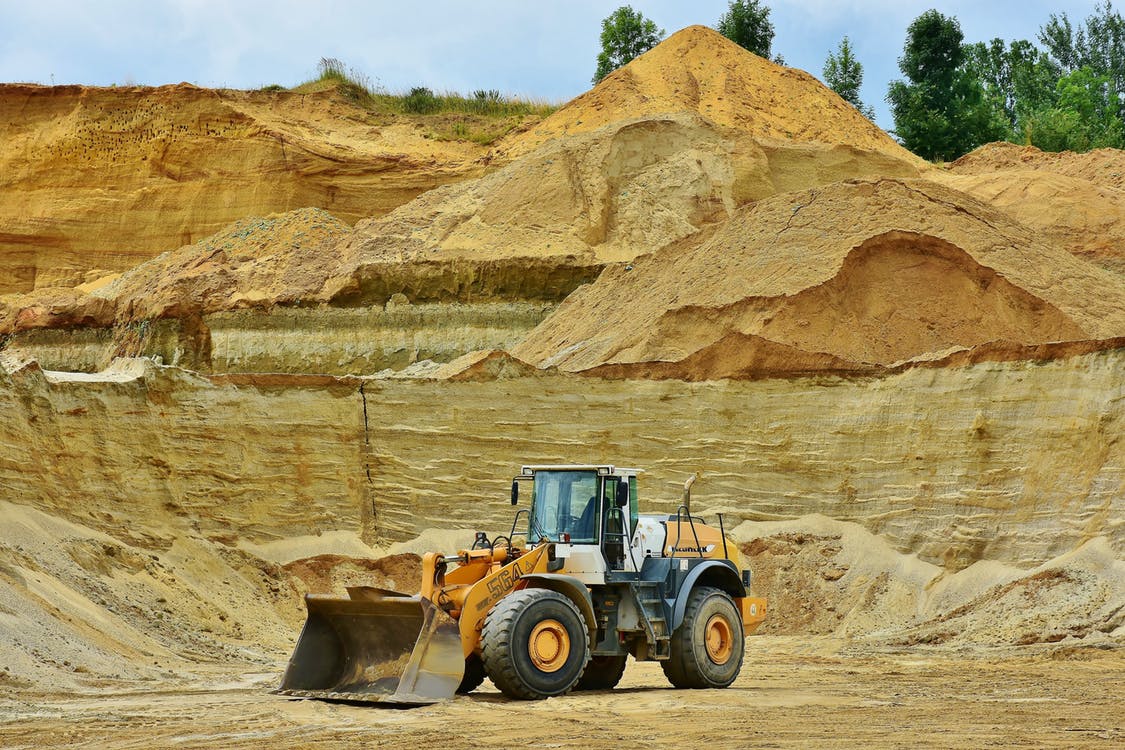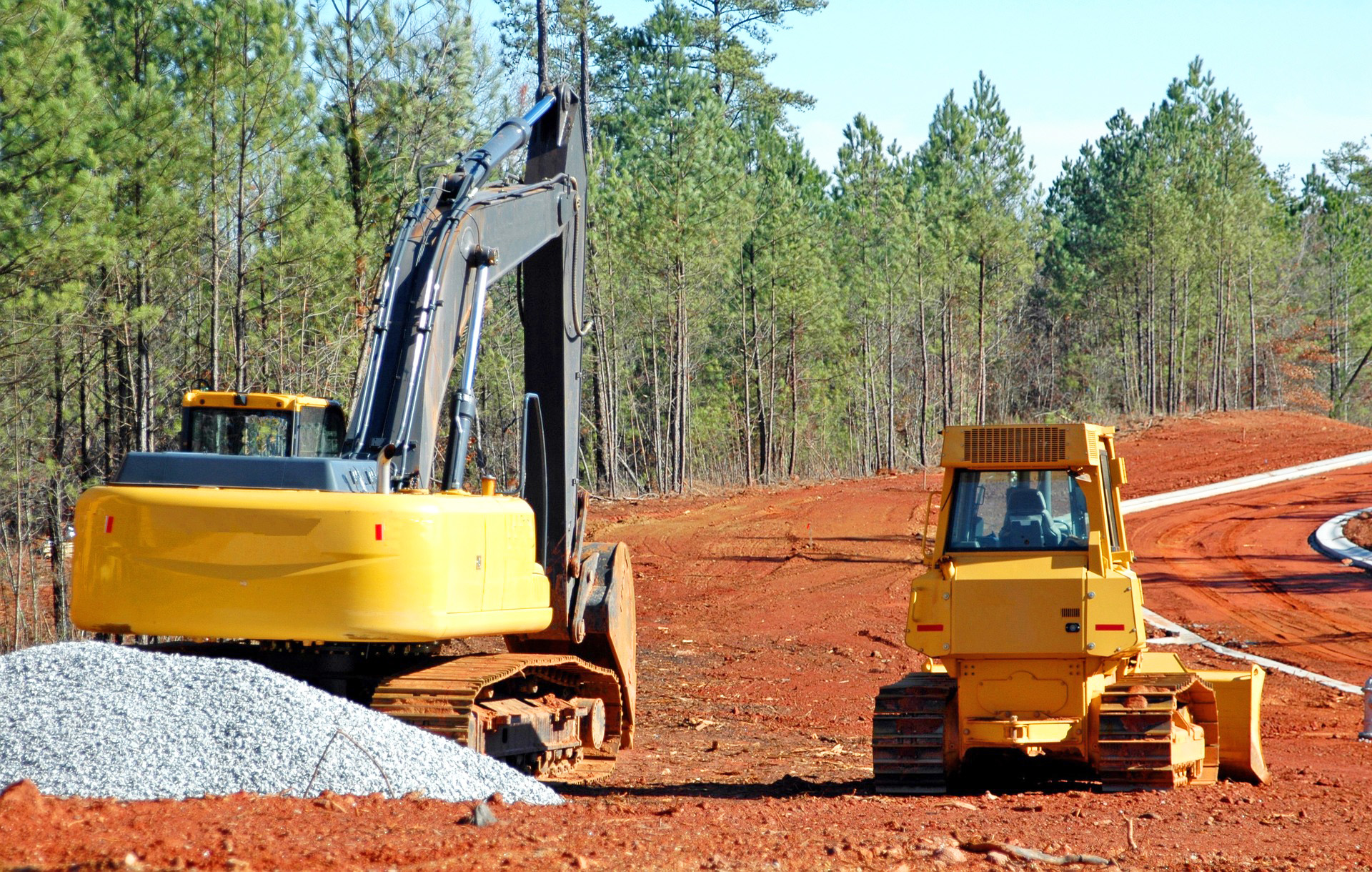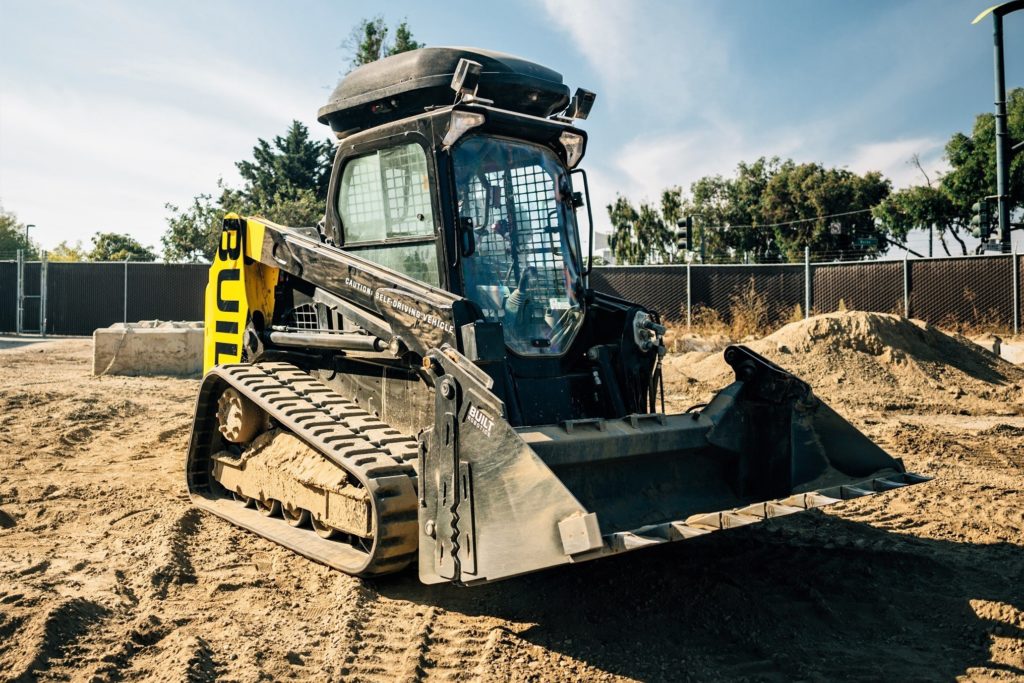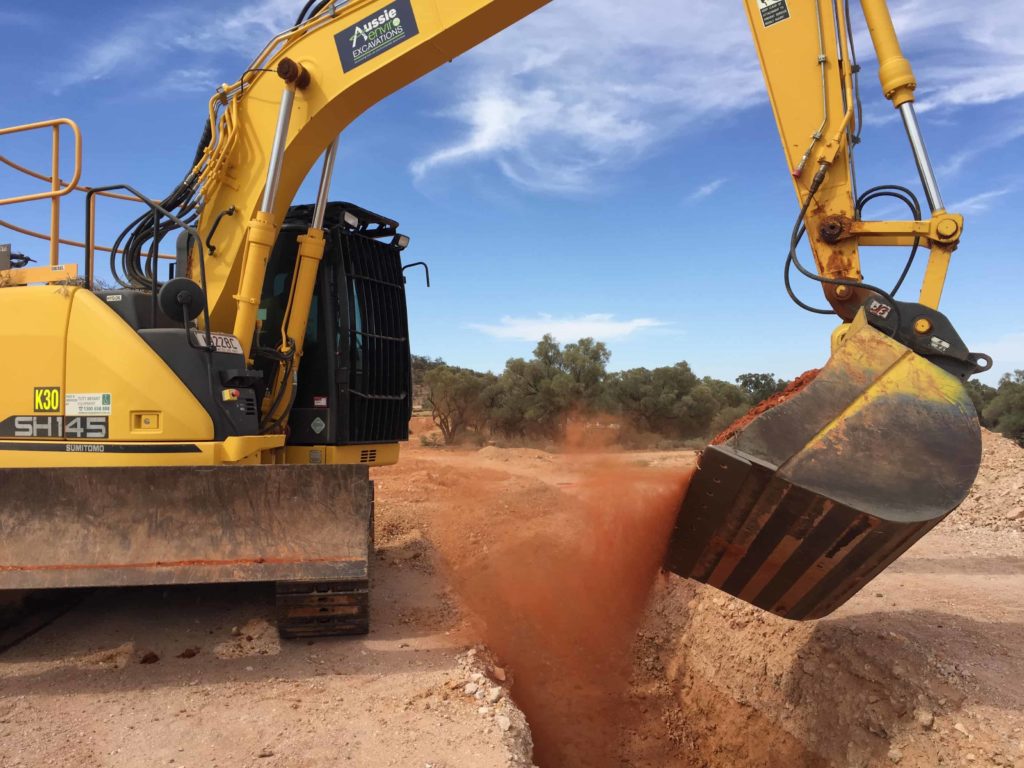When it comes to earthmoving and bulk excavation, are there any best practices that should be followed? There certainly are. In fact, there are quite a few of them.
When an excavator visits a site, they should mark out every single place that they might be excavating later. These markings might happen with stakes, flags, or even white paint.
If there’s a local call center available (as noted by Call Before You Dig signs), then the excavator might need to contact them for their location request information sheet, which they then fill out. This might be done online, or the call center might actually send someone out.
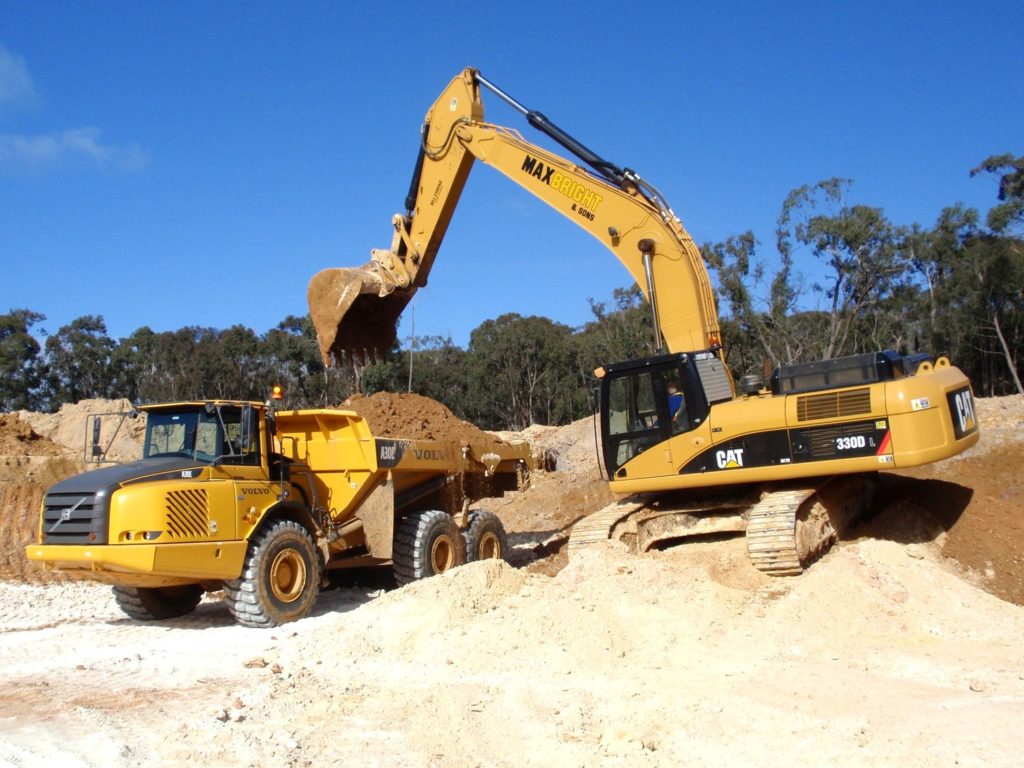
Either way, the call center takes down the information. They then give the excavator their file reference number as well as a list of facility operators that require notification.
The excavator will need to notify an facility operators that the call center doesn’t. In some jurisdictions, an excavator will need to contact all the operators.
Every facility operator will have to come out to mark their own facilities that are in the work area, or just determine that the work area is clear of their installations and hardware. For health and safety issues with heavy machinery, visit:
http://earthmoving-contractors.jigsy.com
Once the excavator verifies that all utilities have responded properly, they can document the markings with photographs.
Once all the facility operators have responded, and everyone has taken the care to preserve all the markings locators made, then the excavator can start their work schedule, so long as everyone is mindful of the markings. Everyone working on the excavation, whether they work in the actual field and equipment or not, should be well-versed on what all the markings are for. If the excavator professional who worked with the facility operators isn’t on-site at times, someone who answers directly to them should be.
Prior to any demolition, earthmoving, or bulk excavation taking place, the site supervisor must also identify the tolerance zone of the marked areas. Particular care has to be taken any time a cross section area involved liquid petroleum or gas lines will be worked over.
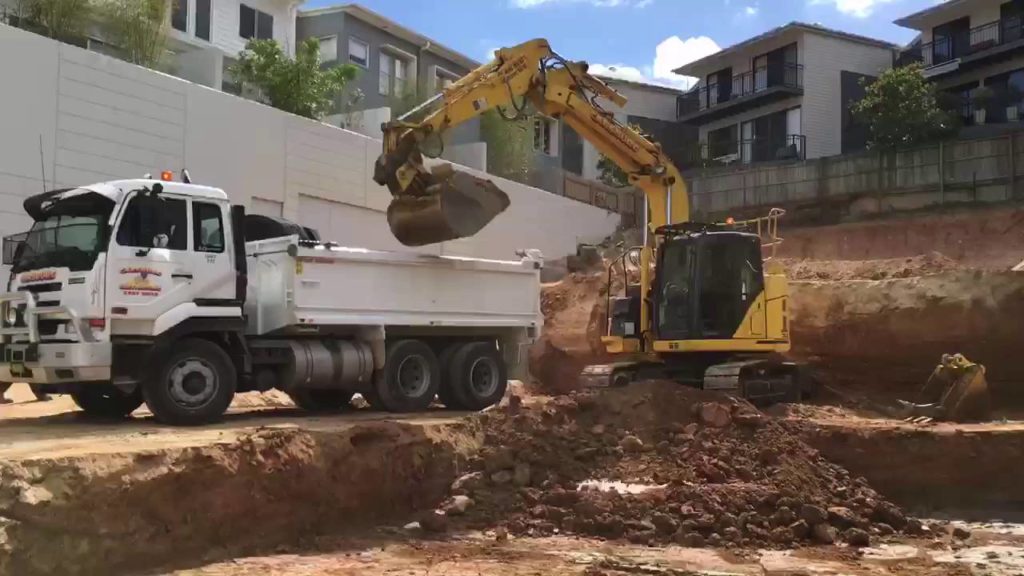
Hand-dug test holes should be dug to verify the locations of any marked utilities or facilities that are assumed to be down there. If any facility is exposed during the work, then the excavator needs to offer the appropriate protection and support so that none of the facilities are damaged.
Once any work is done, the excavator also needs to provide the proper backfill for any exposed facilities. Any utility markings also need to be removed. Click here for construction planning, equipment, and methods.
Along the way, there always needs to be full insurance coverage of the project. That’s not just a best practice to protect the personnel and equipment of an excavator’s crew, but also in the event of liability. Even with the best information from utility operators, the possibility of inadvertent damage or interruption to any facility underground could result in a lawsuit from them.
Above all else, local building codes and ordinances must always be adhered to, especially for any necessary inspections and/or permits.

